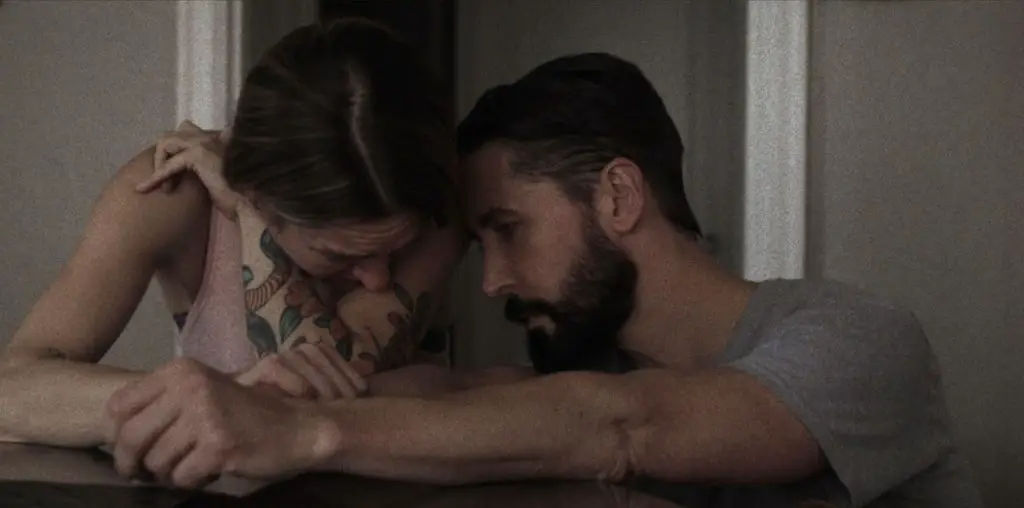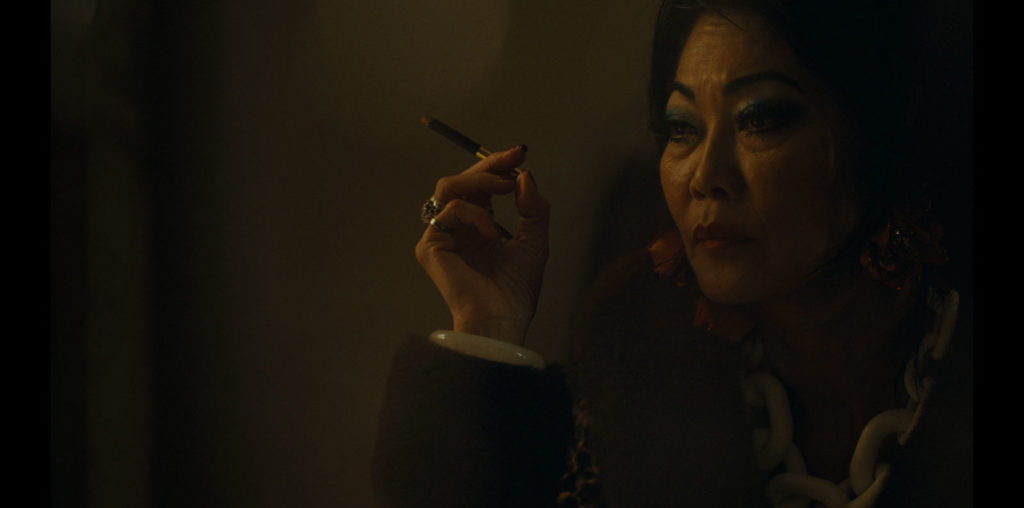
During the mid-1960s, Czechoslovakia unexpectedly emerged as a source of challenging, provocative and memorable filmmaking. This cinematic new wave, which coincided with the attempts by the Communist government to liberalize the nation’s political system and intellectual environment, began roughly around 1964 and ended abruptly when the Soviet Union and its Eastern European allies invaded Czechoslovakia in 1968 to stop the erosion of the Communist system.
One of the most intriguing productions of the brief Czechoslovakian movie renaissance was the 1964 feature “…And the Fifth Horseman is Fear.” Directed by Zbynek Brynych, the film offered both a harrowing examination of Czechoslovakia during the years of Nazi occupation while making a none-too-subtle comment on the continued state of political oppression which continued in the postwar years. “…And the Fifth Horseman is Fear” continues to be shown at festivals around the world, but for no clear reason it is absent from commercial video and DVD release in America.
The central focus of “…And the Fifth Horseman is Fear” is Dr. Braun, a Jewish physician who is barred from his profession under the anti-Semitic laws imposed by the Nazi occupations. Dr. Braun is reduced to working as a docent in a new museum which is being created by the Nazis. The museum, when it opens, will offer a historic overview of a soon-to-be-extinct civilization: Europe’s Jews. The museum’s collection is already packed with possessions and merchandise taken from deported Jewish families and businesses. Endless rows of clocks, musical instruments, furniture and paintings offer a mute reminder of a destroyed Jewish population.
Dr. Braun travels from the museum to his rundown apartment building through narrow, twisting streets filled with menace. Bombastic marching band music (similar to the arrangements favored at Nazi rallies) is heard, yet a quick glance to the source of the noise reveals empty avenues. Moving trucks are ubiquitous, but the people being brought in or taken away are not seen. Unidentified faces peer enigmatically from doorways and windows. For a land under occupation, no visible sign of the occupiers can be found — yet a sense of unease is constantly present.
Dr. Braun lives in a nearly solitary existence — he is shunned by most of his neighbors and he seems to have no friends or family. His isolation is shattered when a neighbor corrals him to provide medical assistance for a resistance fighter who was shot in a riot. Although he could be arrested for resuming his medical practice, Dr. Braun operates on the resistance fighter and removes the bullet. But the man will need morphine to ease his pain. Dr. Braun has no medical supplies and, after a harrowing debate with himself, resolves to search the black market for the morphine to save the stranger’s life.
In framing the film, filmmaker Brynych creates a strange environment where the past and present have fused. Although the film is intended to take place during the Nazi control of Czechoslovakia, the film’s production design, costumes and hairstyles are clearly of the early 1960s. The film ebbs between a seemingly modern period (an extended visit to a nightclub where Dr. Braun tracks down a former colleague with knowledge on black market morphine) to the tragic past (Dr. Braun follows his colleague’s advice to a mental asylum whose population of suicidal Jewish patients has swelled since the Nazi takeover).
The central struggle of Dr. Braun is brilliant rooted in a startling monologue in which the character argues with himself on the pros and cons of getting involved with the search for morphine. Miroslav Machacek, who plays Dr. Braun, paces the tight confines of a storage room like a caged animal, his eyes aflame with the horror of his situation. If he is caught, he faces certain death. If he fails to help, the resistance fighter is doomed to a slow and painful demise. It is a stunning scene, fraught with a visceral emotion which rarely shows up in films, and it is something of an oddity that Machacek’s brilliant performance is rarely cited by film critics as being among the finest of its era.
But then again, “…And the Fifth Horseman is Fear” itself seems to have fallen into some sort of strange abyss. As far as I can determine, the film was never released on American home video even though it has obtained classic status for its genre. Its absence is puzzling, since there appears to be no problems concerning the rights to the film. In fact, “…And the Fifth Horseman is Fear” turns up frequently on the film festival circuit, especially in programs devoted to Czechoslovakian movies and Holocaust-related films. Yet the prints used by the festivals are older archival prints, not newly restored prints. Bootleg videos are very hard to come by. A copy I obtained came from a private collector, who obviously telecined an archival print for home viewing.
Why is “…And the Fifth Horseman is Fear” absent from wider commercial release? I have no clue, and I would welcome anyone reading this column who has the answer to please contact me in care of Film Threat. This is a strange and powerful film which deserves to be seen by as many people as possible. Even in the seemingly omnipresent sphere of Bootleg Files, this is a shadowy and elusive title.
____________________________________________________________
IMPORTANT NOTICE: The unauthorized duplication and distribution of copyright-protected material is not widely appreciated by the entertainment industry, and on occasion law enforcement personnel help boost their arrest quotas by collaring cheery cinephiles engaged in such activities. So if you are going to copy and sell bootleg videos, a word to the wise: don’t get caught. The purchase and ownership of bootleg videos, however, is perfectly legal and we think that’s just peachy! This column was brought to you by Phil Hall, a contributing editor at Film Threat and the man who knows where to get the good stuff…on video, that is.
Discuss The Bootleg Files in Back Talk>>>

